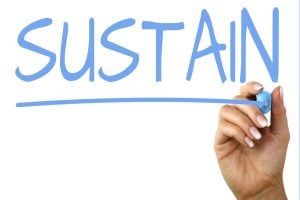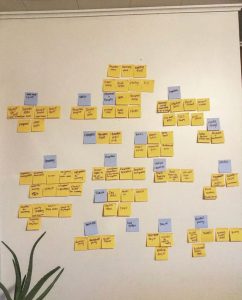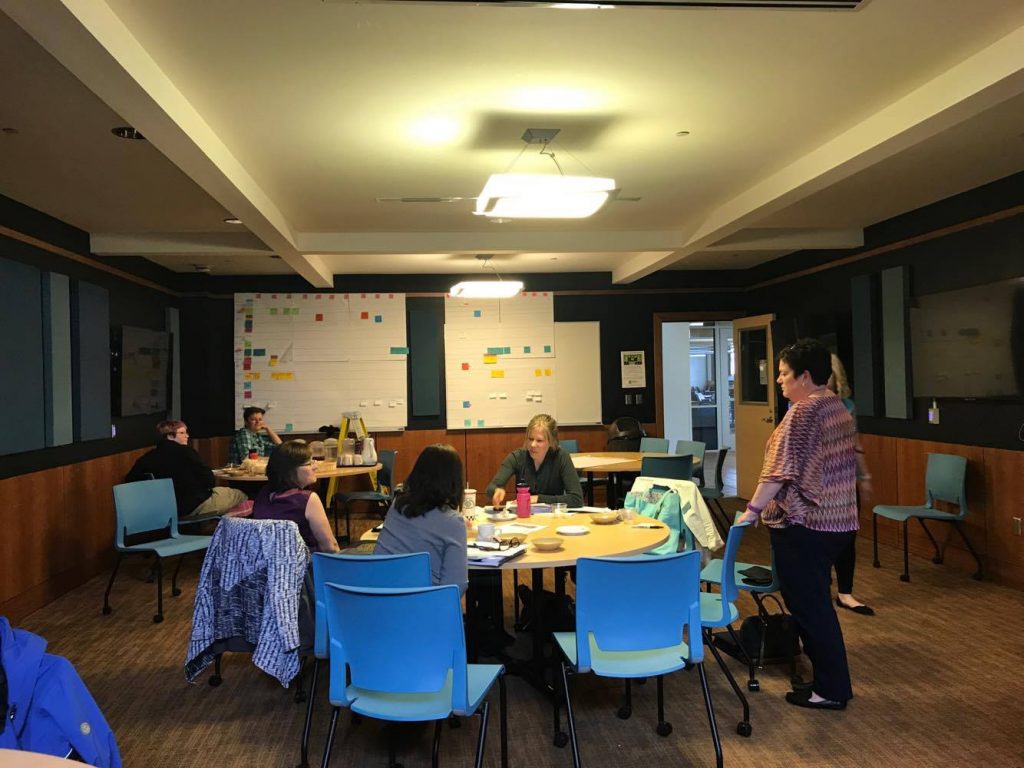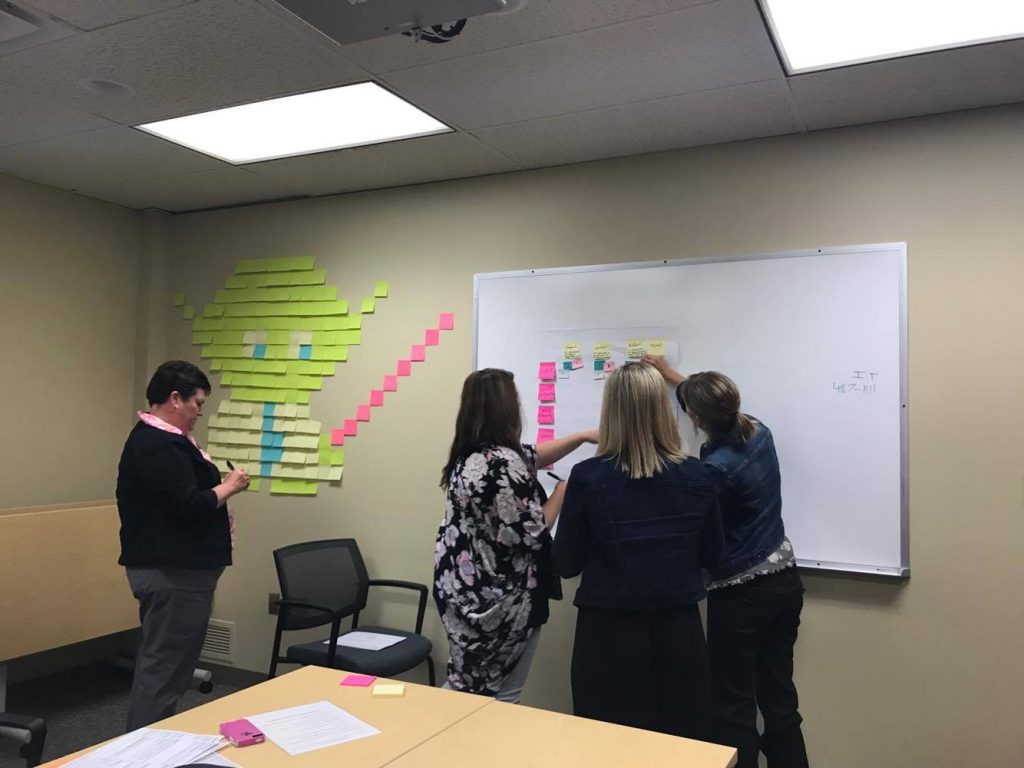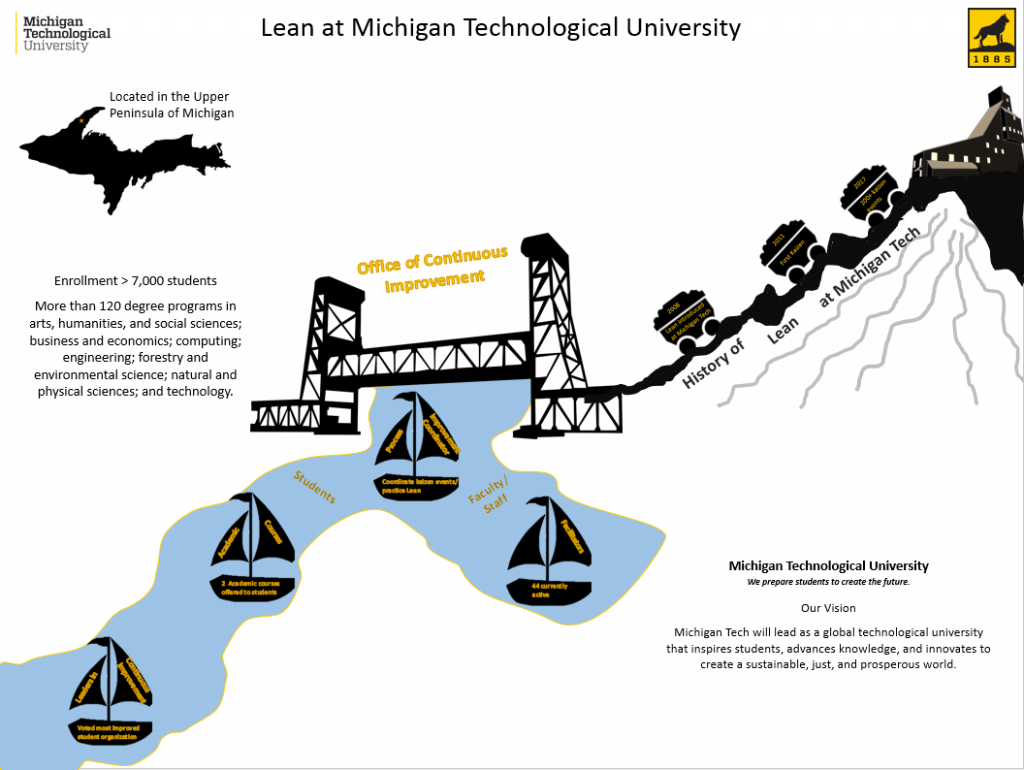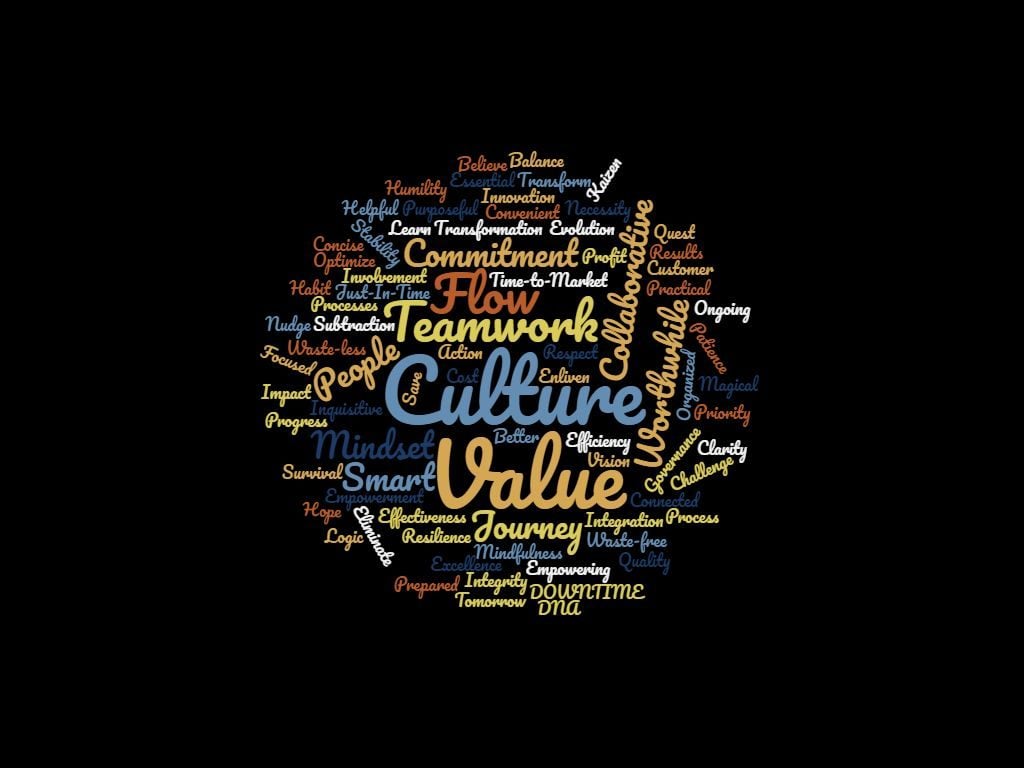We are pleased to welcome Alexandra Holmstrom to the team in the Office of Continuous Improvement.
Hello,
I am Alexandra Holmstrom, the new Office Assistant in the Office of Continuous Improvement. I am very excited to be working at Michigan Tech and especially with all the highly dedicated and talented members of the OCI team!
I am new to Lean but as I learn more, I am realizing that I have been practicing many of the principles all along! I have always looked for ways to be more efficient and effective, thinking of ways to improve customer service, reduce costs, and remove unnecessary steps in day-to-day tasks.
There is much to learn and accomplish during my training, and I am eager to use all the newly acquired knowledge and skills. In the few short days I have been in the office, I have learned what Kaizen, PIC, PDCA, and Kanban stand for. If you are wondering what these words and acronyms mean, come see us in the office or visit us on our website.
I look forward to meeting and working with everyone on and off campus!
Thank you!
